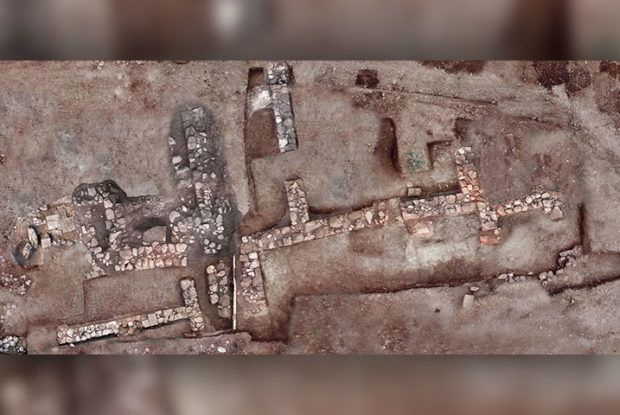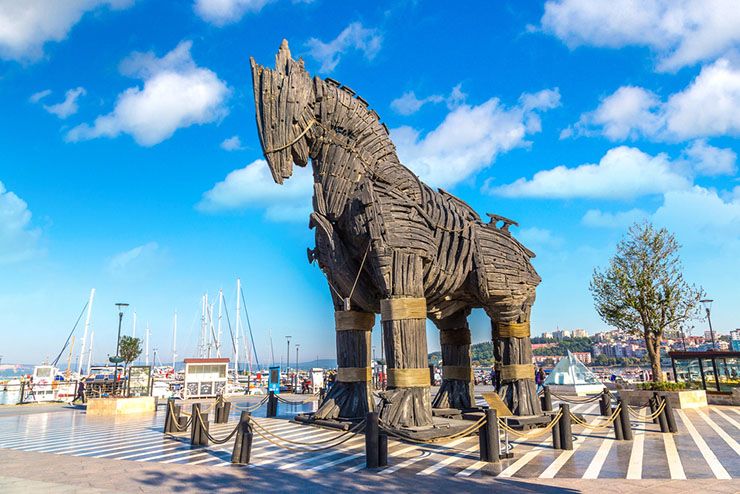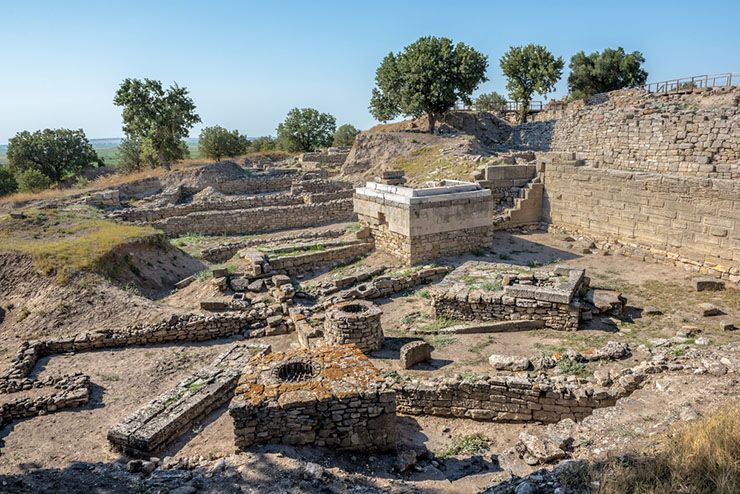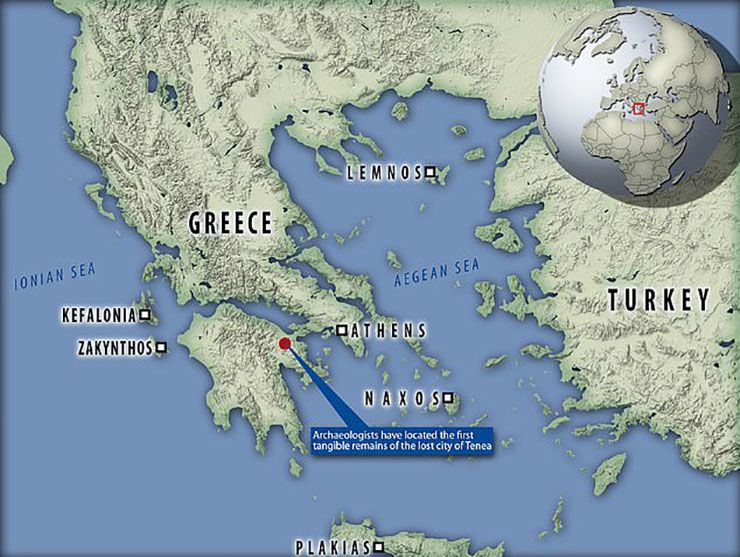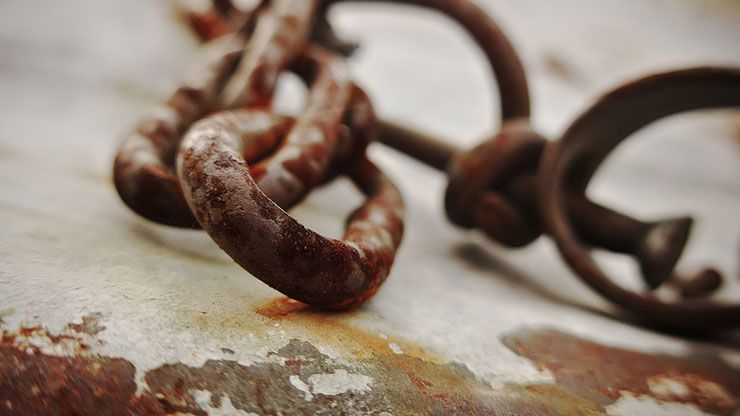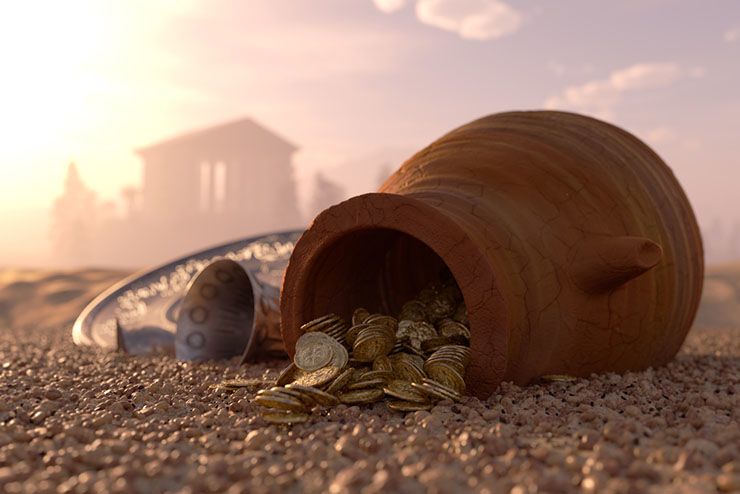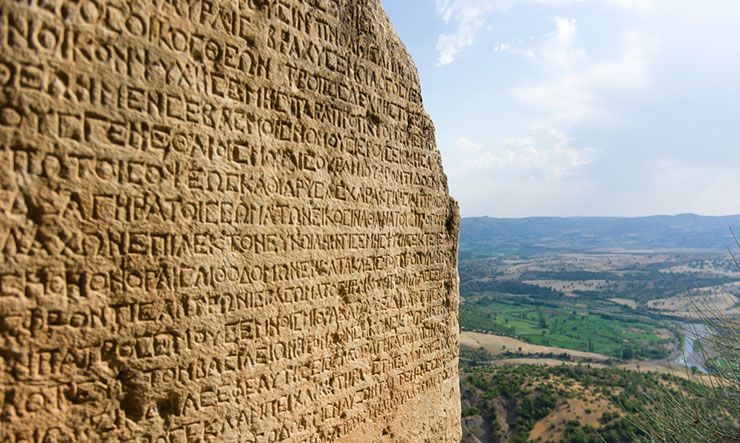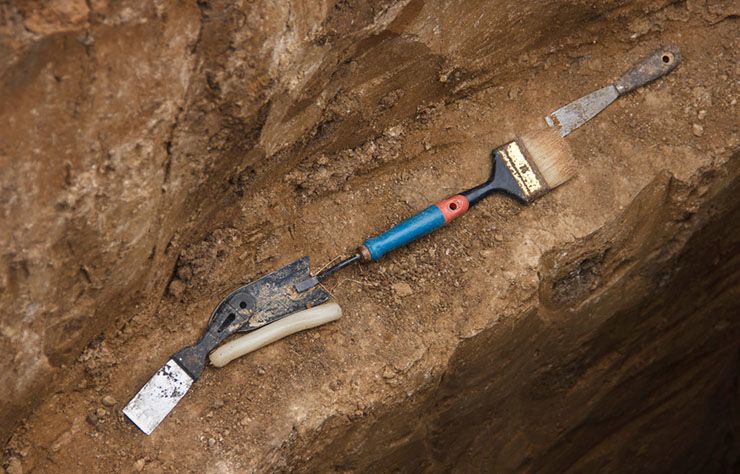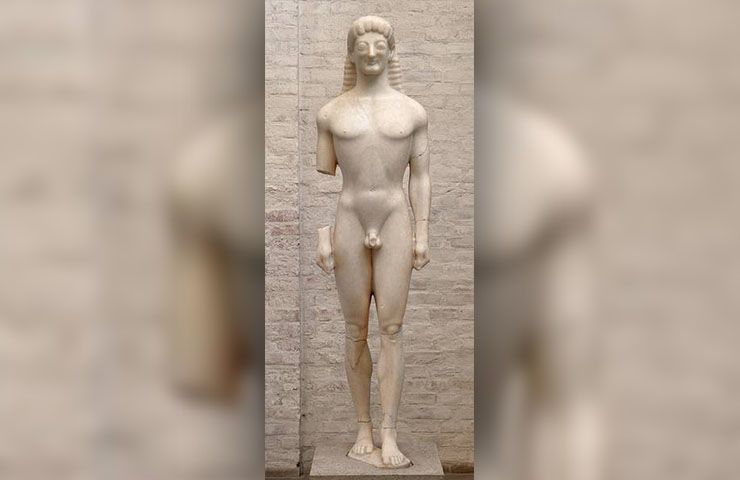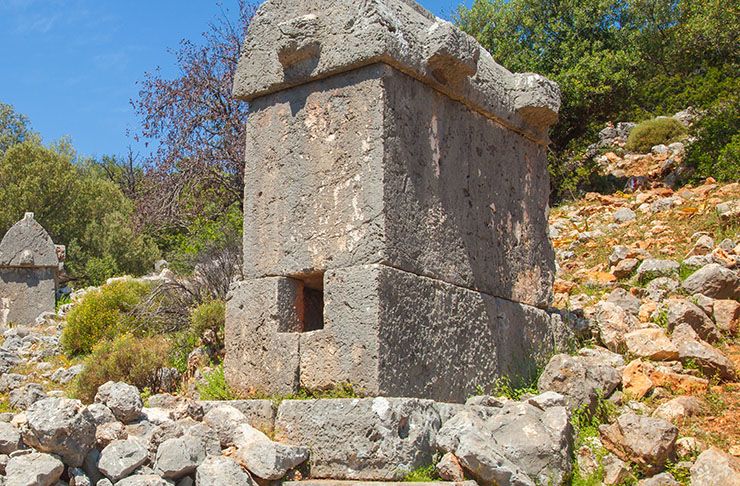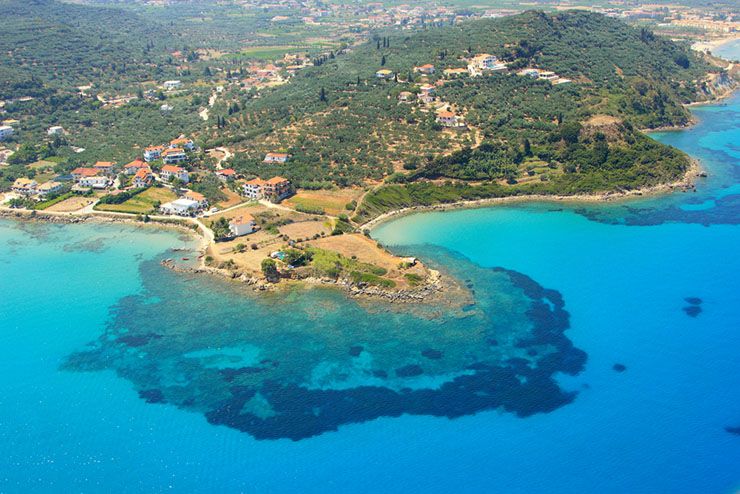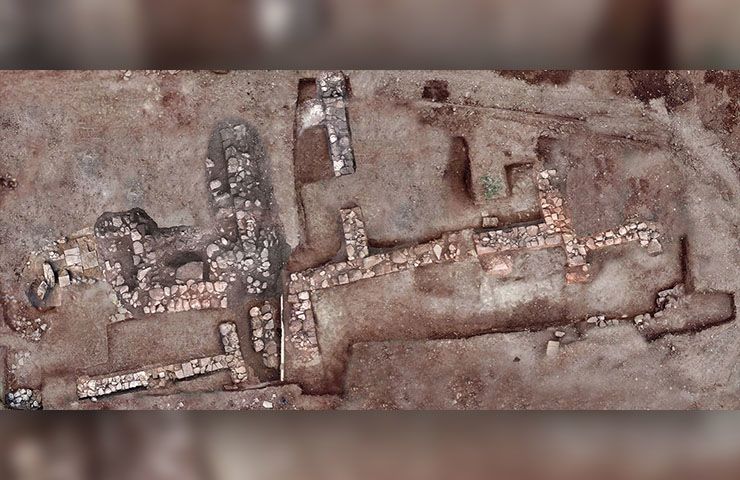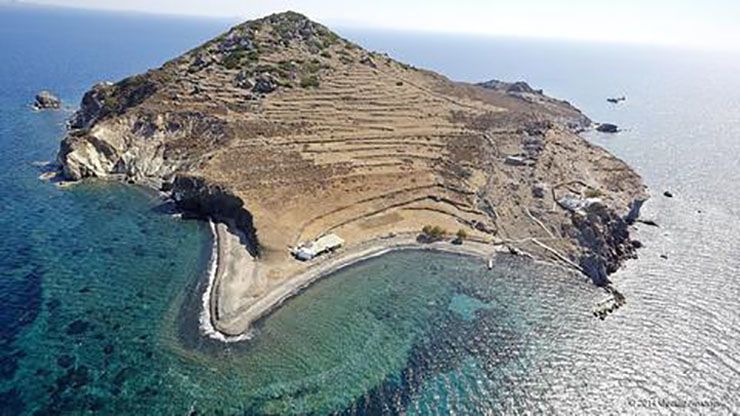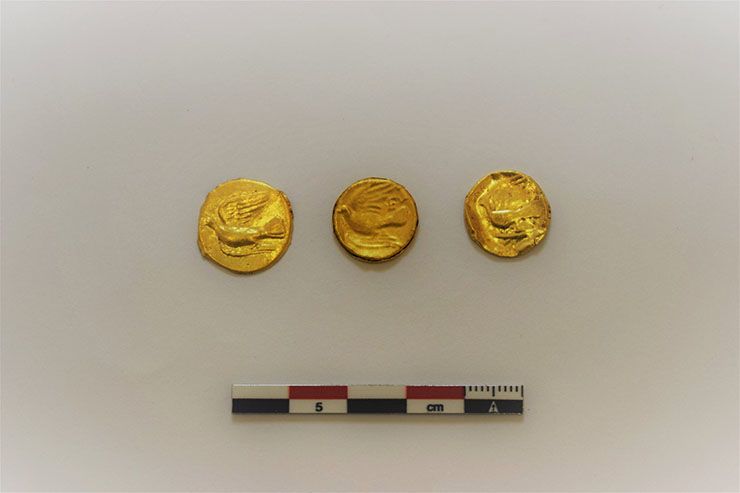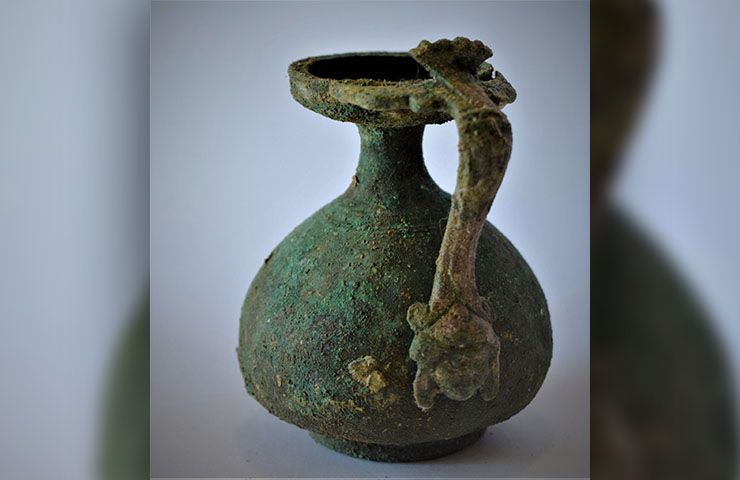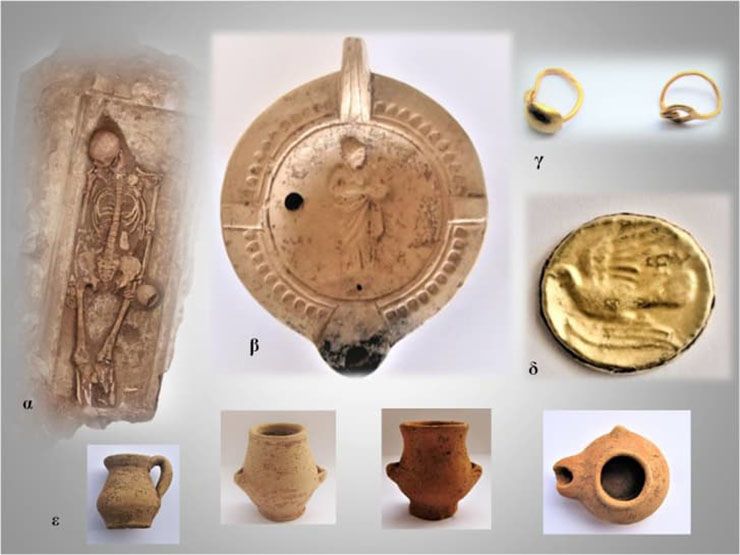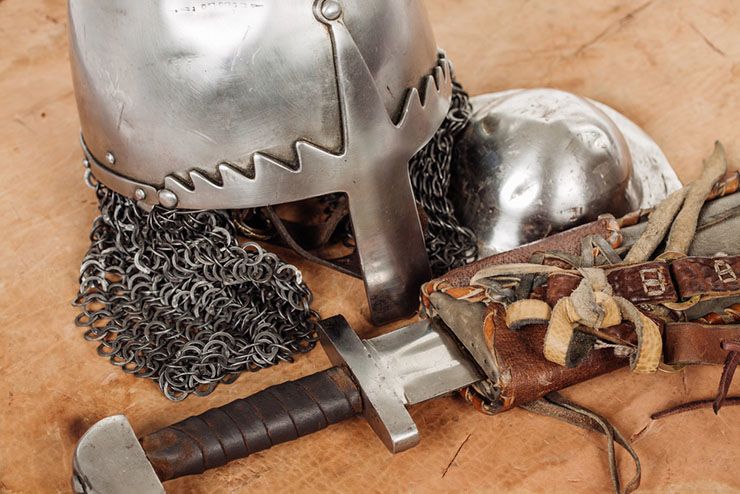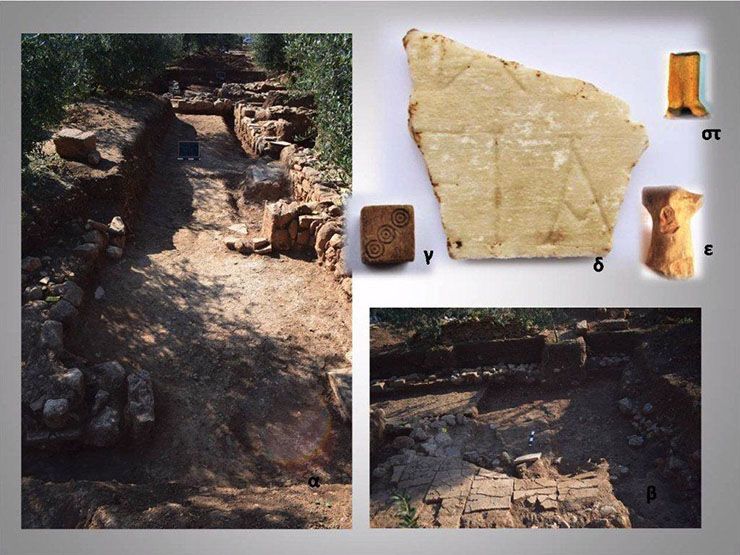Archeologists like to believe that, whether by accident or by searching, pieces of history that have been lost will eventually be found at some point.
For hundreds of years, archeologists have been searching for a lost ancient city that seemed to only exist in ancient myths and texts. Recently, however, an archeologist from Greece discovered the undeniable proof that the mythical city really did exist.
The Trojan War
Centuries have passed since the Trojan War, which was believed to have taken place sometime around the 12th century B.C. Yet stories of the famous 10-year war have persisted ever since. One of the most famous stories about the war is the tale of how the war started in the first place.
A Famous Tale
According to historians, Helen, the wife of Sparta’s King Menelaus, fell in love and was abducted by Paris of Troy, which then sparked the Trojan War. In the end, the war resulted in the Greek siege of Troy. That tale has long captured the imaginations of people around the world.
Archeologists’ Obsession
For just as long, however, archeologists have been obsessed with another tale from the Trojan War. While less romantic, archeologists have been more concerned with figuring out exactly what happened in the wake of the famous 10-year battle.
The Tale Of Tenea
According to the writings of ancient philosophers, a city called Tenea had been built after the war. The city, which was believed to be located somewhere south of ancient Greek city of Corinth, had allegedly been built by prisoners taken from Troy to Ancient Greece.
Built By Prisoners
“Tenea was built by the Trojans after the end of the Trojan War, according to the myth,” Dr. Elena Korka, an archeologist and the director of the Office for Supervision of Antiquaries and Private Archaeological Collections in Greece’s Ministry of Culture, told The New York Times.
A Prosperous City
According to ancient myths and texts, the city was built on a narrow strip of land connecting the mainland of Greece to the Peloponnesian peninsula. Even though the city had been built and settled by prisoners, it seemed to have flourished in the area.
Surviving The Romans
According to the writings of Greek philosopher Strabo, the city “prospered more than the other settlements, and finally even had a government of its own.” In 146 B.C., archeologists know that the Romans invaded Corinth and destroyed the city.
Surviving In Ancient Text
That was the beginning of the Romans’ takeover of Greece, however, they seemed to have left Tenea alone. Archeologists aren’t sure why the Romans left Tenea to continue to prosper. However, experts do know that at some point Tenea did crumble with myths of the impressive city remaining only in ancient texts.
Looking For Proof
Despite the tales and legends that have been written over the years about Tenea, archeologists were never able to find the ruins of the ancient city. Considering how prosperous and prominent Tenea was, archeologists felt there should have been some ruins or proof that the city really did exist.
The First Discoveries
Over decades, with the following discovery going back more than an century, scientists have made small and sporadic discoveries that seemed to confirm the existence of the mythical city. Those findings include a marble statue of a young man called Kouros of Tenea, which was found south of Corinth in 1846.
Just Another Tease
Then in 1984, Dr. Korka and her team discovered a sarcophagus that held the remains of a woman in an area believed to have been where Tenea once stood. Those findings were not only proved Tenea was real but teased archeologists that there was a lot more to find.
Going Back For More
“After I uncovered the sarcophagus, I knew I had to go back for more,” Korka told The New York Times. In the years that followed that discovery, Korka and her team did just that. In 2018, Korka made another important discovery. This time, she found an ancient road in the same area.
The Ruins
When they followed the road, it led them to a Roman mausoleum. Then in October of 2018, Korka and her team finally found what they had been looking for: the first tangible remains of Tenea and the first ever found ruins of the city.
Tangible Evidence
“Our ultimate goal was not just the unearthing of [an ancient theater purported to be there] but rather the discovery of evidence which would help us to find remains of the settlement of ancient Tenea,” Korka said in a guest lecture at New York University last year.
The Excavation
The excavation and exploration of the site, which was in present-day Chiliomodi, lasted from September, 2018, to October of the same year. During that time, Korka and her team found the remains of stone walls which were likely from houses that stood in the settlement about 3,000 years ago.
The Findings
In addition to walls, the team identified floors, door openings, and a variety of pottery from the 4th century B.C. to late Roman times. During the excavation, the team also unearthed ancient riches in the form of gold jewelry, gemstones, and coins.
Distinctive Artifacts
“This year we excavated part of the city itself. The citizens seem to have been remarkably affluent,” Korka told the Associated Press. “(The city) had distinctive pottery shapes with eastern influences, maintained contacts with both east and west … and had its own way of thinking, which, to the extent that it could, shaped its own policies.”
Evidence Of Life And Death
“It is significant that the remnants of the city, the paved roads, the architectural structure, came to light,” Korka told CNN. “We’ve found evidence of life and death … and all this is just a small part of the history of the place. The coming years will allow us to evaluate where we stand.”
Tenea’s Fall
According to archeologists, it is believed that Tenea was damaged in the late 4th century A.D. during a Gothic invasion that occurred sometime between 396 and 397. It is believed that Tenea finally fell 200 years later during Slavic raids of the area.
The Future Of Tenea
Korka plans to continue excavations in the coming years. “Every excavation is important, as it brings something new to light,” she said. The hope is that new discoveries will help give a complete history of the area. “You know,” Korka added, “there are rumors that even Oedipus was raised there.”
